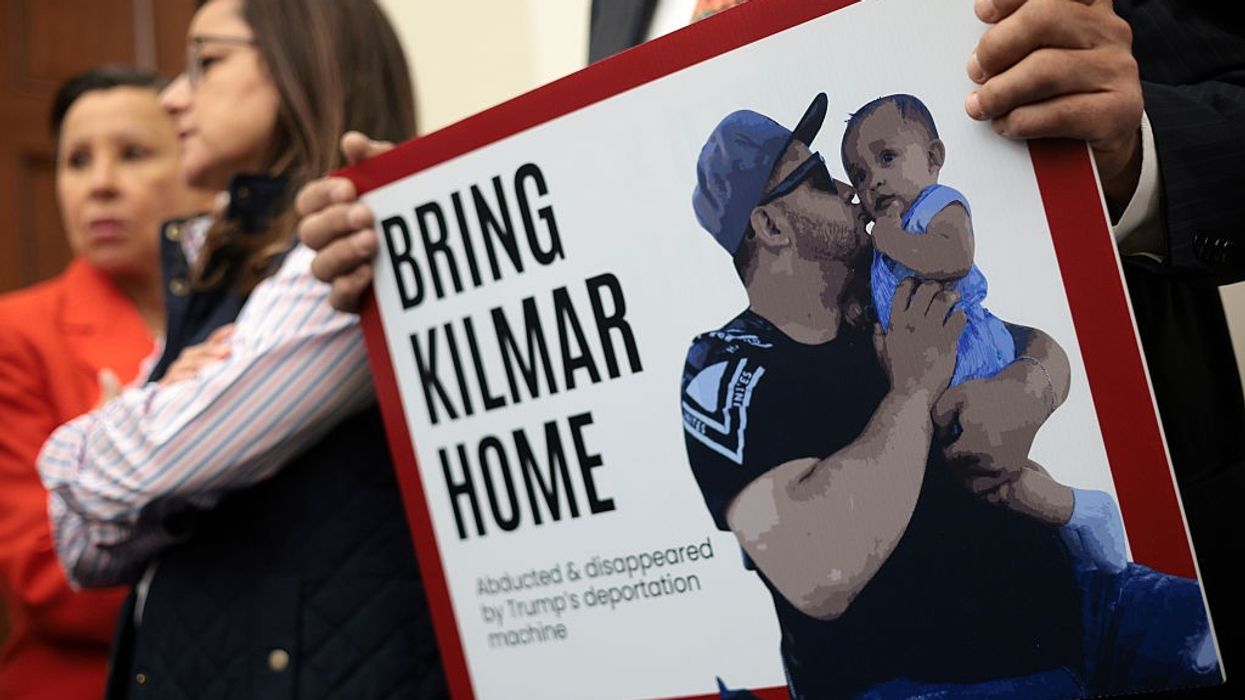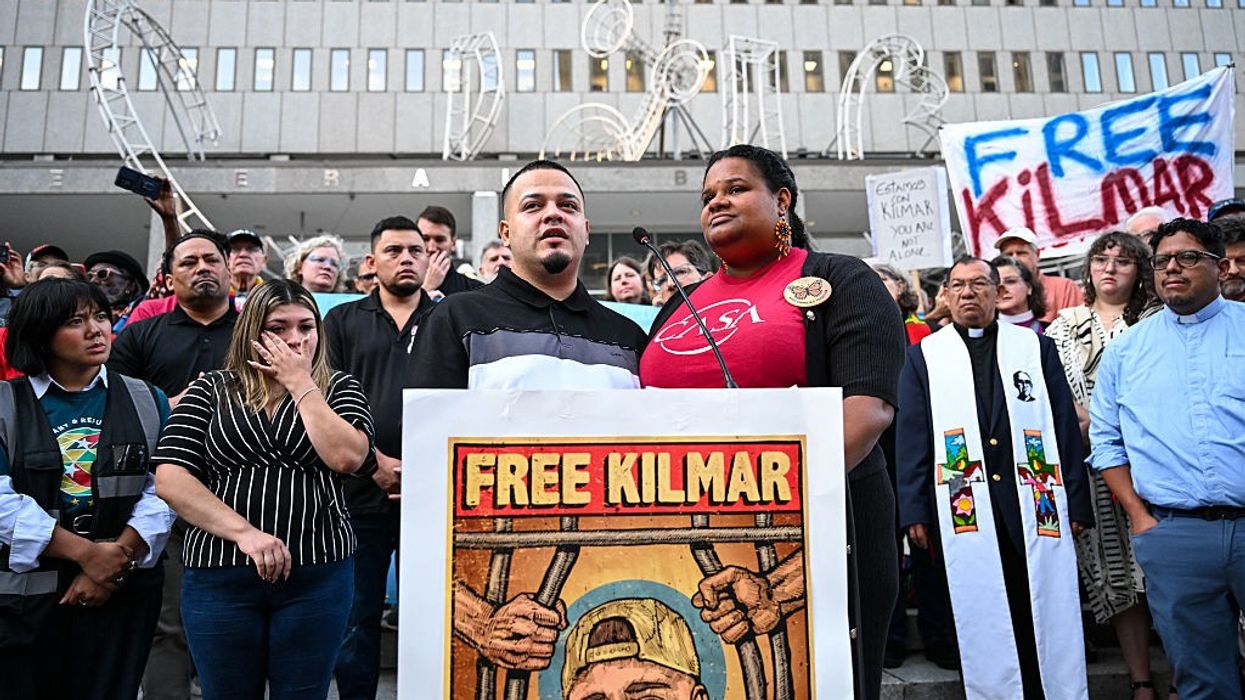Sebutinde discussed the ICJ's January 26, 2024 issuance of six provisional measures, including orders for Israel to do everything possible to prevent genocidal acts, ensure that humanitarian aid reaches Gazans, and preserve evidence of Israeli crimes committed in the strip. The Ugandan was the sole member of the 17-judge panel to vote against all six measures.
"There are now about 30 countries against Israel," Sebutinde said. "The Lord is counting on me to stand on the side of Israel. The whole world was against Israel, including my country."
Indeed, in January 2024 the Ugandan government issued a statement clarifying that Sebutinde's votes were her "individual and independent opinion" and did "not in any way reflect the position of the government of the Republic of Uganda."
Sebutinde told members of her church—which gained international infamy as its pastor pushed for the current nationwide law punishing "aggravated homosexuality" with a death sentence—that Israel's annihilation and starvation of Gaza is a sign of the biblical "End Times," a period of great suffering followed by the "second coming" of Jesus Christ, a climactic battle between the forces of good and evil, and God's judgment of all people living and dead.
Many Christian Zionists believe that the restoration of Israel as a nation—which occurred in 1948, largely via the ethnic cleansing of Arabs from Palestine—is a prerequisite for Christ's "return."
"I have a very strong conviction that we are in the End Times," Sebutinde told Watoto's congregation. "The signs are being shown in the Middle East. I want to be on the right side of history. I am convinced that time is running out. I would encourage you to follow developments in Israel. I am humbled that God has allowed me to be a part of the last days."
Canton's letter states: "Should it be confirmed that these are accurate quotes of her remarks, the International Commission of Jurists considers that Vice President Sebutinde's continued role in the context of ongoing proceedings before the court, such as South Africa v. Israel, and at least any other proceedings concerning Israel or the state of Palestine, would be profoundly damaging to the court's impartiality, propriety, and integrity, or to perceptions thereof, as well as to the to public confidence in the court."
"These remarks raise serious concerns as to whether her decisions were taken solely on the basis of facts and in accordance with the law, but rather may have also been taken under 'improper influences,' specifically her religious and political beliefs regarding
Israel and the purported approaching of 'End Times,'" the letter continues.
"While the vice president certainly enjoys the right to freedom of expression, this right is not absolute, and there are certain limitations on the right that are particularly applicable to members of the judiciary," Canton stressed. "I therefore respectfully urge you and the court to conduct an investigation into these allegations, and if substantiated, undertake remedial actions."
"In the interim," he added, "I would request that you act to immediately remove Vice President Sebutinde from participating further in proceedings in the South Africa v. Israel case."
Canton's letter follows similar calls by the Arab Organization for Human Rights in the UK, the Council on American Islamic Relations (CAIR), and international jurists including Kenneth Roth, the former head of Human Rights Watch—one of a growing number of organizations accusing Israel of genocide in Gaza—who urged Sebutinde to recuse herself from the ICJ case.
Michael Becker, a professor at Trinity College Dublin's School of Law and former ICJ associate legal officer, told Middle East Eye that "it is never a good idea for an ICJ judge to share their own views on a pending case in a public forum."
"It is worse to suggest that your position is to be 'on the side' of a specific party to the case," he added.
Sebutinde has also come under fire for apparently plagiarizing much of her dissenting opinion in the ICJ's July 2024 advisory opinion that Israel's occupation of Palestine, including Gaza, is an illegal form of apartheid that must end as soon as possible.
South Africa filed its genocide case against Israel in December 2023 and subsequently submitted thousands of pages of evidence including alleged statements of genocidal intent by prominent Israelis including Prime Minister Benjamin Netanyahu, a fugitive from the International Criminal Court wanted for alleged war crimes and crimes against humanity, including murder and forced starvation.
More than two dozen nations and regional blocs are supporting South Africa's case, which is not expected to produce a ruling for years.
Israel's 690-day assault and siege on Gaza have left at least 230,000 Palestinians dead, maimed, or missing. Israeli forces are ramping up Operation Gideon's Chariots 2, a campaign to conquer, occupy, and ethnically cleanse Palestinians from Gaza amid a growing famine that has killed hundreds of people, many of them children.
The ICJ has issued a series of orders for Israel to prevent genocidal acts, stop attacking the southern city of Rafah, and allow the unimpeded flow of humanitarian aid into Gaza. Israel is accused of ignoring all of these orders, and has reportedly proposed building a concentration camp over the ruins of Rafah to house ethnically cleansed Palestinians.


